On January 13, in Taiwan (or Republic of China, ROC), presidential and parliamentary elections were held, with the international press closely following the event with great interest. As predicted beforehand, the ruling Democratic Progressive Party’s (DPP) current vice president and presidential candidate William Lai (Lai Ching-te), along with his running mate Hsiao Bi-khim won the presidential election. The DPP secured 40 percent of the votes, while the opposition Kuomintang (KMT) received 33.5 percent, and the third-party Taiwan People Party (TPP) obtained 26.5 percent. With a turnout of nearly 72 percent, over 14 million people cast their votes. This turnout is slightly lower than the 74.90 percent in 2020 but higher than the participation in the 2022 local elections.
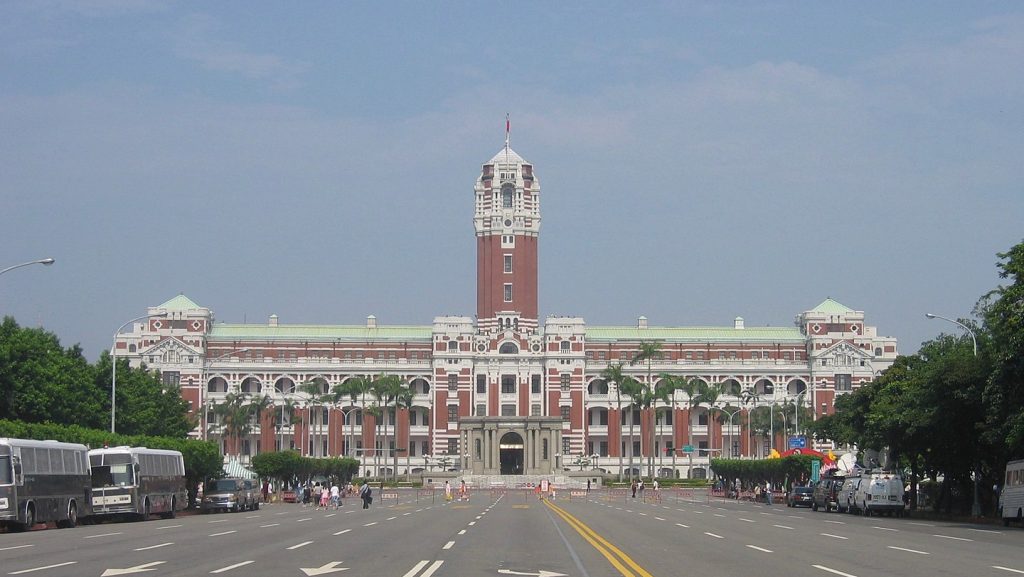
The Presidential Office Building in Taipei (Photo: Wikimedia Commons)
The Taiwan Strait Situation: Much Ado About Nothing?
The Taiwanese elections turned out to be quite predictable and even boring. This was mainly because, beforehand, the People’s Republic of China issued numerous threatening messages. Officials from Beijing had earlier characterized the event as a choice between war and peace, and this narrative also shaped the election campaign. In other words, the ruling Democratic Progressive Party (DPP), which has been emphasizing Taiwan’s independent identity for the past eight years, was labeled as a war provocateur by the Kuomintang (KMT), which leans towards better relations with China. The KMT, an opposition force, consistently portrayed their rivals as agents of the Chinese Communist Party.
However, the warlike atmosphere of the campaign had no noteworthy consequences. The People’s Liberation Army (PLA) did not conduct any significant military exercises in the waters surrounding Taiwan. While there were occasional military incursions, they occurred in the usual quantity and manner.
Taiwanese scholars argue that this is just the calm before the storm. Guo Yuren, director of the Institute of Asia-Pacific Studies at Sun Yat-sen University, reminded that this is just the beginning. According to him, China’s combined military, diplomatic, economic and trade attacks on Taiwan will become more and more serious. It is expected to slow down only well after the May 20, when William Lai takes office.
Guo thinks China wants to use this time very accurately to hurt Taiwan during the transition period.
As the previous government gives over the duty to the new bureaucracy, Taiwan becomes much more vulnerable. This is an excellent time and occasion for China to increase pressure on the self-ruled island.
Entering the Grey Zone
Two weeks after the election the question arises: is the Taiwan issue an exciting global problem, or just an island with too much media attention? To better understand the nature of the low-profile conflict around Taiwan, we need to familiarize ourselves with the concept of grey zone warfare. There are different terminology on this phenomenon on the two sides of the Taiwan Strait. In the professional materials of the People’s Republic of China, the term “huayu quan (话语权)” emerged in the 21st century, which can be translated in two ways: “discourse power” or “the right to speak.” The ambiguity is intentional, but the essential meaning lies in the first translation.
The Beijing-based Academy of Military Sciences textbook (The Science of Military Strategy) introduced the concept of huayu quan, which involves the use of information, belief, and mentality, as quoted by the Global Taiwan Institute.
Attaining and maintaining this discourse power necessitates the coordinated utilization of public opinion warfare, legal warfare, and psychological warfare, all of which are considered essential force multipliers for military operations. Specifically, three warfare operations hold the potential to impose a formidable “psychological frightening force” on an adversary.
This is the main idea behind the PLA’s Three Warfares framework that builds upon foundational principles, including notably the concept of disintegrating enemy forces. Taiwan, on the side uses other terminology, including “cognitive warfare”. As the annual report, published by the ROC’ Ministry of National Defence notes, “since 2022, the PLA has been conducting more frequent and diversified purposeful operations against Taiwan, and trying to use cognitive tactics that point out, that the »median line is nonexistent across the Taiwan Strait, which is not international waters« to confuse international community”. The document also mentions the PLA’s so-called Military Operations Other Than War (MOOTW) Guidelines that seeks to create a legal basis for its forces to conduct operations. “Moreover, it is ratcheting up the intimidation against Taiwan by normalizing its harassment and incursions at our offshore islands and Air Defense Identification Zone (ADIZ) and conducting joint operations to irritate our people and frustrate our morale to achieve »unification by force and negotiation by operations«” – the MND’s report continues.
Deterrence by Any Means
As the report’s style shows, Taiwan primarily approaches the phenomenon of grey zone tactics from a defensive perspective. The aim of this approach is to draw attention to the threat emerging from China, thereby positioning Taiwan as the victim of aggression. However, this itself is part of Taiwan’s grey zone warfare. The research community refers to the island’s defense strategy as the “porcupine strategy,” with its essence lying in deterrence. Taiwan should persuade Chinese leaders that the costs of waging such a war will outweigh any possible benefits, in short, Taiwan should deter China. The main idea of Taiwan’s porcupine strategy can be divided into three main areas:
Deterrence by Military Force
The key issue is the reorientation of Taiwan’s active-duty air, naval, and ground forces away from symmetric-conventional defensive operations and toward asymmetric-unconventional denial operations. Although the strategic shift has started before, experts urge the government to speed up the evaluation process. When President Tsai Ing-wen took office in 2016, her inauguration was followed by a more agile defense policy. According to the latest annual National Defense Report, she has discussed the issue publicly several times in the last one year.
Deterrence by Diplomatic, Economic, and Informational Assets
The United States pursues an agile diplomacy to contain the PRC in the international order, and Taiwan becomes a core element in its policy. The Biden administration’s Indo-Pacific Strategy was published in 2022, where the US government strengthen the importance of the security over the Taiwan Strait.
Its main cornerstone is the “Integrated Deterrence” concept, where the US seeks to create a more interoperable group of local allies and partners.
Therefore, several regional countries are more open to making gestures toward Taiwan. Also, Taiwan’s current government has made efforts to boost its international relations.
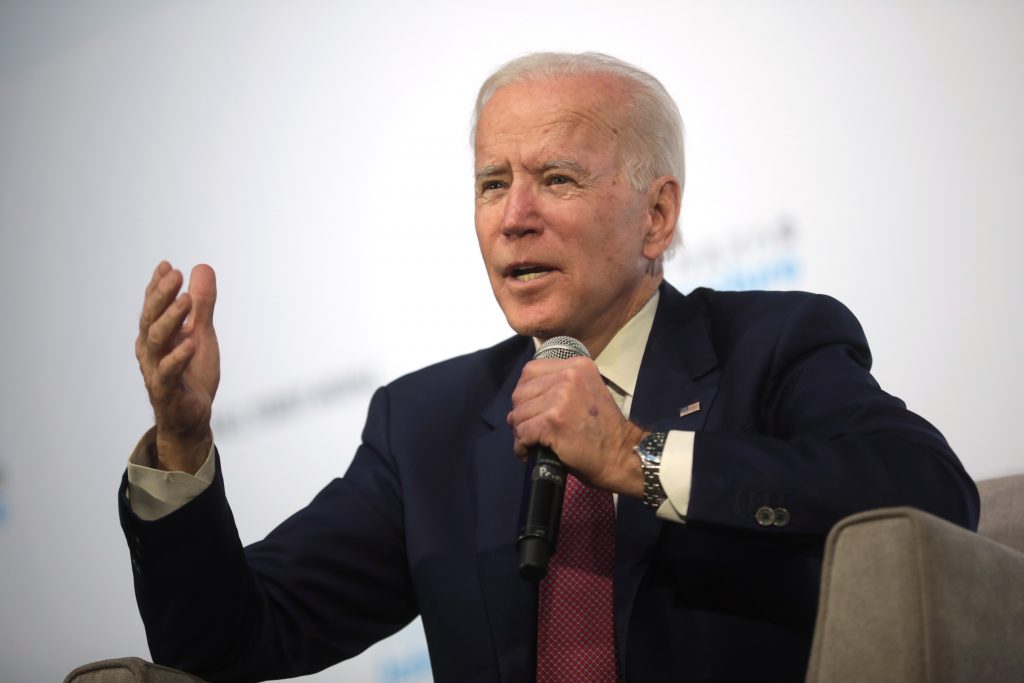
Former Vice President of the United States Joe Biden speaking with attendees at the Moving America Forward Forum hosted by United for Infrastructure at the Student Union at the University of Nevada, Las Vegas in Las Vegas, Nevada, on February 16th 2020. (Photo: Gage Skidmore / Wikimedia Commons)
Deterrence with a Well-prepared, Resilient Society
However important the first two aspects are, to understand the porcupine strategy, the state of the Taiwanese society is a key issue in the future of the island. International scholarship has long warned Taiwan about the importance of the solid social background for effective deterrence. A popular book, published by the George Mason University’s study suggests: “deterrence depends on credibility, and credibility depends on the ability that (…) fighting force motivated by the knowledge that it enjoys the support of the people it defends.”
The Social Timebomb
There is an exciting debate on how to ensure the societal aspect of deterrence. Among various concepts, Taiwan’s former Chief of Staff Lee Hsi-ming’s concept stands out. The retired navy admiral argues for increasing the mobilization of the population, providing young people with the opportunity to defend the island, and simultaneously reorganizing the outdated, demoralizing, and unpopular conscription system. The strategy published in 2017, known as the All-out Defence Concept (AOD), proposed the establishment of so-called territorial defense forces.
Essentially, it would replicate the American reserve and National Guard system, involving approximately a hundred thousand young individuals in biannual two-week sessions or monthly weekend commitments.
The essence of the AOD is to enhance so-called asymmetric capabilities, serving as a deterrent against potential attacks initiated by China. The reserve forces would specialize in guerrilla warfare, disrupting the activities of potential occupying Chinese units in the event of an invasion. Such an organization would represent a significant deterrent force. Throughout history, forces attempting to occupy Taiwan have always been forced to relinquish their positions due to attacks by soldiers hiding in the mountains.
The AOD concept has not overcome the political obstacles and was left on the desk – thus the societal implementation of deterrence is still pending. However, in this regard, time is working in China’s favor, as Taiwanese society grapples with numerous challenges. The increasingly pressing economic difficulties, such as housing problems and high inflation, pose growing challenges for the younger generations. In the already aging Taiwanese society, there is a lack of sufficient childbirth, resulting in the third-lowest fertility rate in the world. The January elections also highlighted these issues.
The results indicate that the victory of the DPP is more a consequence of the unpopularity of the opposition rather than the success of the party itself.
Economic and social issues were predominant in the campaign leading up to the election.
Returning to the original question: is the Taiwan issue exciting at all? The nature of the Cross-Strait conflict clearly reveals that exhaustion is the primary tactical elements. It’s a nerve-wracking mindgame, where both parties dealing with internal issues. Thus, sudden, large-scale escalation is not to be expected. Spectacular combat actions, such as a massive invasion and comprehensive attack, currently exist only in the imagination of experts and the media.

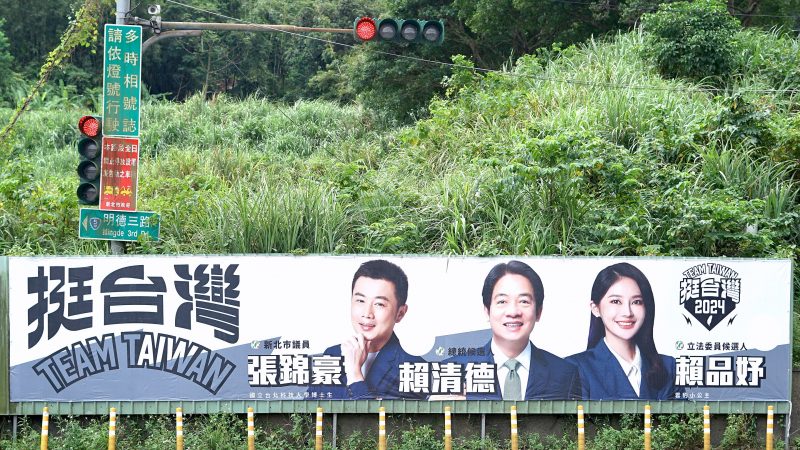

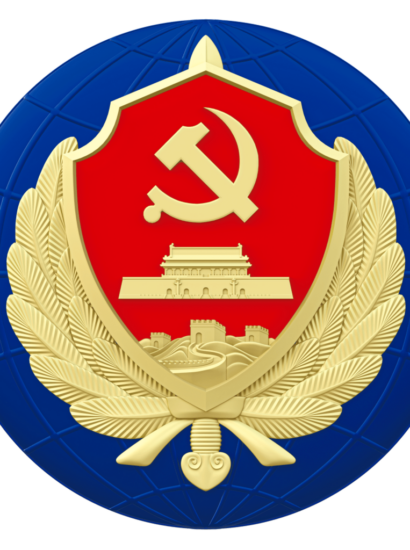



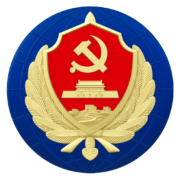
[…] such as Taiwan, which has long been confronted with the problem of authoritarian influence and attempted infiltration […]